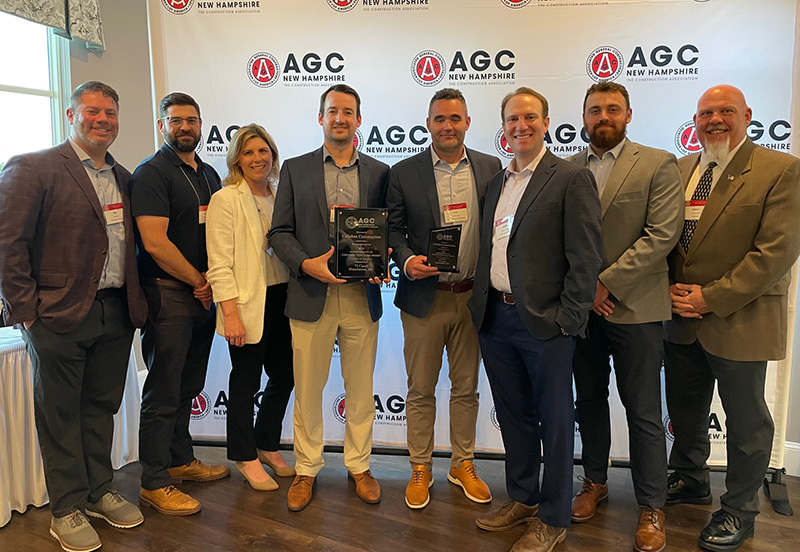News: Construction Design & Engineering
Posted: April 17, 2008
EPA and partners sponsor green building design challenge
The U.S. Environmental Protection Agency and partners are calling on the nation's architects, builders, students and others to participate in the second Lifecycle Building Challenge.
The competition seeks designs that facilitate building material adaptation and reuse, minimize waste and cut greenhouse gas emissions.
Ideas generated by the contest will jumpstart the building industry to help divert more of the 100 million tons of building-related construction and demolition debris sent each year to landfills in the U.S.
The Lifecycle Building Challenge 2 - co-sponsored by the Building Materials Reuse Assn., the American Institute of Architects, Region 4 Partner Southface Energy Institute and West Coast Green - invites professionals and students nationwide to submit designs and ideas by July 31st, 2008 that support cost-effective disassembly and anticipate the future use of building materials.
Students, architects, reuse experts, engineers, builders, product designers, educators and environmental advocates are encouraged to apply for the web-based competition.
Outstanding entries in each category will be recognized and publicized in national journals and at conferences nationwide. The competition's partners will also recognize exceptional entries in three other categories.
The Collaborative for High Performance Schools (CHPS) will select the Best School Design, West Coast Green will recognize the Best Residential Entry and Building Materials Reuse Assn. will select the Best Greenhouse Gas Reduction Design.
Lifecycle building maximizes material recovery to reverse the trend of disposing large quantities of construction and demolition debris in landfills. In the United States, buildings consume 60% of total materials flow (excluding food and fuel) and account for 33% of the solid waste stream.
Building renovation and demolition accounts for 91% of the construction and demolition debris generated each year, while new construction accounts for only 9%. Between 2000 and 2030, 27% of existing buildings will be replaced and 50% of the total building stock will be constructed.
These issues can be addressed by planning for a building or building component's eventual deconstruction or adaptation. By creating building components that can be easily recovered and reused, materials are kept at their highest value, resulting in reduced consumption of energy and resources. Reusing building components reduces the energy and greenhouse gases emissions associated with extracting, producing and transporting materials.
The winners will be recognized at EPA's Lifecycle Building Conference in Nov.
MORE FROM Construction Design & Engineering
Nobis Group awards Robinson and Moreira STEM scholarships
Concord, NH Nobis Group, a 100% employee-owned consulting firm specializing in engineering and environmental solutions across the Northeast, has named the recipients of its 2025 STEM Scholarship: Andie Moreira of

Columns and Thought Leadership

The design-build advantage: Integrated interior design solutions - by Parker Snyder
When it comes to corporate interior spaces for both commercial and industrial projects, partnering with a design-build firm with in-house interior design services can offer clients many benefits. Unlike traditional delivery methods where interior designers operate independently from the design and construction teams, often creating a longer project timeline as cost negotiations and revisions ensue

Ask the Electrician: Is summer a prime time for commercial electrical maintenance?
The answer is “Yes!” While January marks the official new year, many businesses view September as a fresh start. This makes summer an ideal time for commercial property owners to schedule long-term electrical maintenance projects.

The rise of incubators and co-working spaces: The latest in life sciences - by Matt Combs
In recent years, the life science industry has witnessed a shift in how companies operate and innovate. One of the key driving forces behind this transformation is the emergence of incubators and co-working spaces specifically tailored to meet the unique budget and schedule needs of startups.

Careers in Construction Month focus on training and safety - by Joe Camilo
October is Careers in Construction Month, and rarely has it been more consequential. According to our chapter’s national parent organization, the construction industry needs to attract half-a-million new workers in the coming year to meet demand. Addressing that need is a huge job, but we at ABC MA are trying to do our part.







